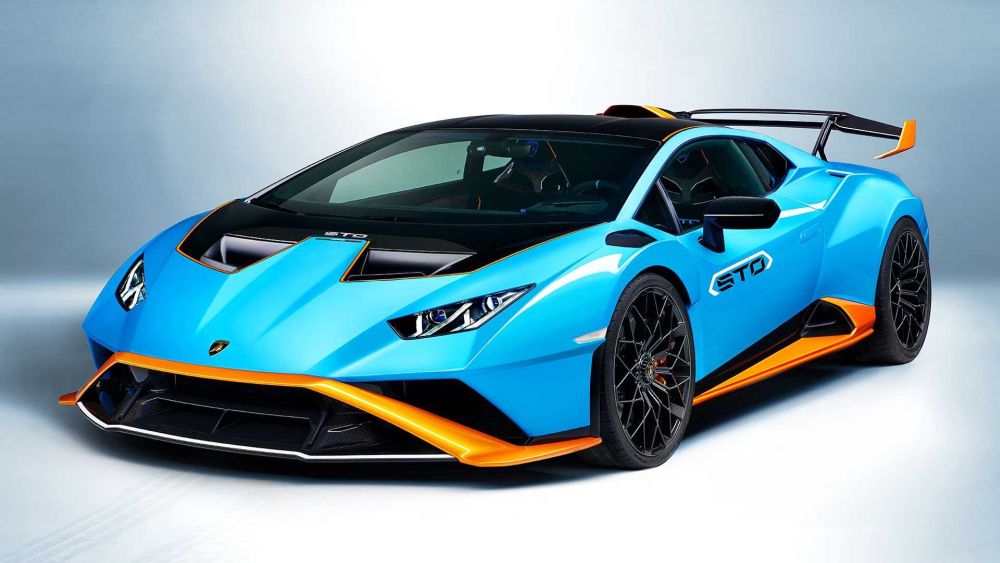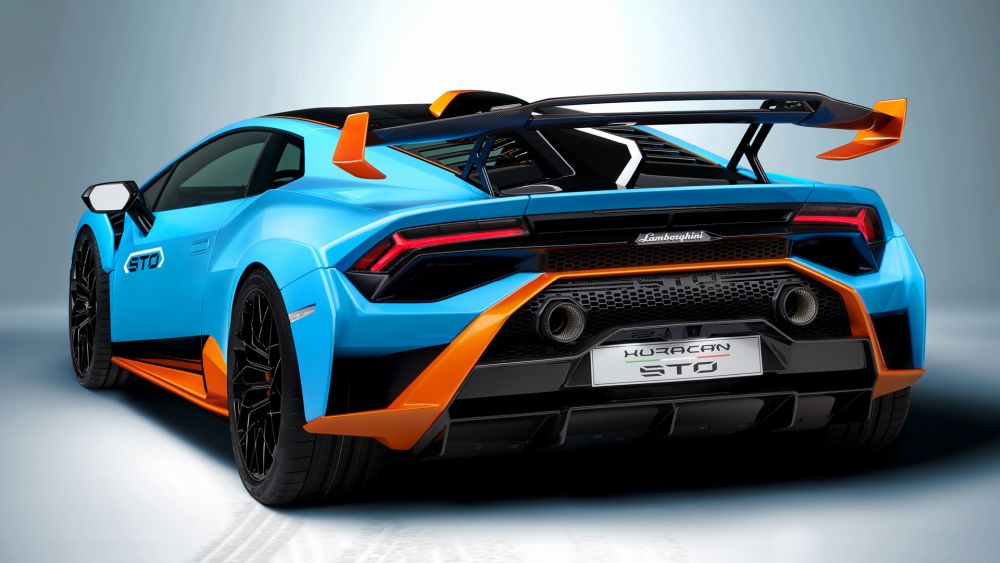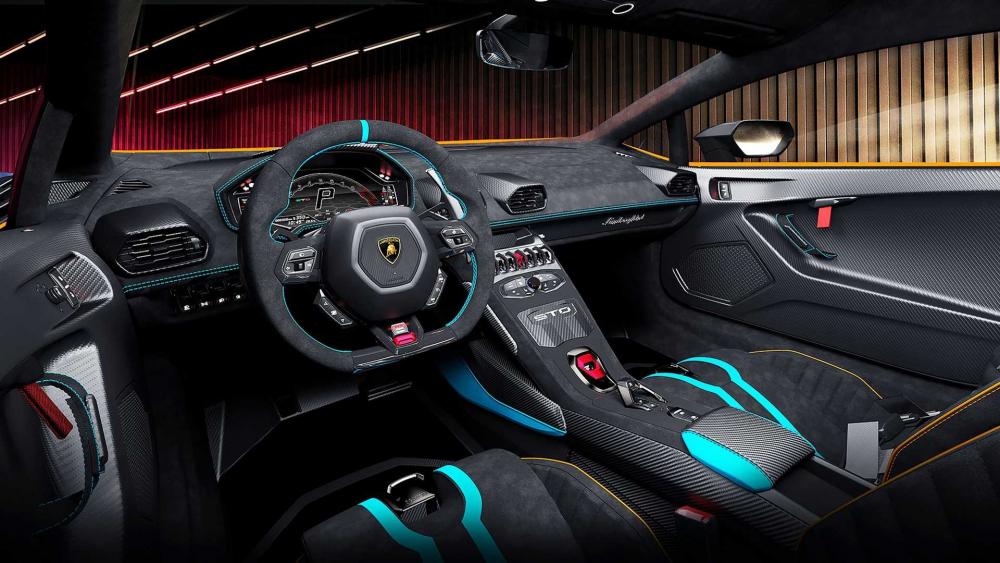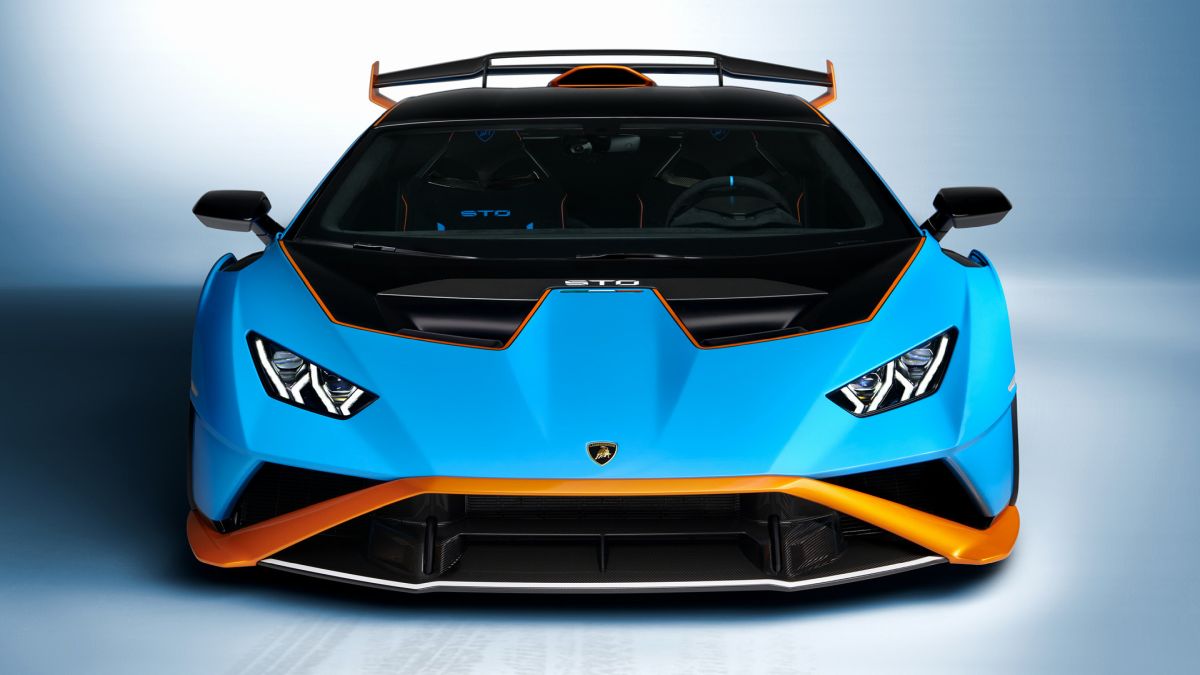Lamborghini has been producing supercars that attract the attention of enthusiasts for decades, and the latest in chronological order to arrive in dealerships is the new Huracan STO. With the arrival of this model, the Italian company says goodbye to “the daily driver”, a user who has allowed it to double its annual sales, thanks to the introduction of more convenient models from an economic point of view and “easier to drive” despite mind-boggling performance, such as the Huracan Evo RWD
The Lamborghini Huracan STO has only one real goal: to go fast
STO is the abbreviation for Super Trofeo Homologated and is the spiritual successor to the Huracan Performante launched in 2018. In practice, the STO is a homologated road car based on Lamborghini’s single-make Super Trofeo Evo series racing car and celebrating the company that won the Daytona 24 Hours in the GT3 class for three consecutive years.
The heart of the STO is the engine 5.2 liter V10, the same as the Huracan Evo, previously inherited from the Performante, but has been recalibrated to optimize response. Detail that will not escape the lovers of technical descriptions and that, although peak power remains at 631 horsepower, peak torque actually drops to 565nm from 600nm. The explanation offered by Lamborghini is a compromise for a fuller and more consistent torque curve throughout the rev range, compared to trying to maximize peak torque.

The Evo’s all-wheel drive system was chosen to send the excitement of the V10 to the 305mm wide rear tires through a seven-speed dual-clutch transmission that offers even faster gear changes than “standard”. Lamborghini declares that the STO sprints from 0-100 km / h in about 3 seconds. Rear torque vector has been added (using the rear brakes), as well as rear axle steering which provides up to 6 degrees of in-phase and 3 degrees of out-of-phase steering with the front wheels. The combination of changes reduces overall weight and allows the rear wheels to help the front wheels send you where you want to go.
Lighter and more powerful
A lighter windshield, carpet-free interior, carbon sports seats, lightweight door straps, available 20-inch magnesium wheels and strong full-body carbon fiber utilization allow for a considerable weight reduction. In particular, the entire front clip of the Evo has been replaced with a single all-carbon structure. Inspired by the legendary Miura who used this design, Lamborghini calls it “Cofango”, a fusion of the words bonnet and fender. The STO manages to lose 43 kg compared to the weight of the Performante, reaching a declared dry weight of just 1,339 kg.
In addition to lightening the load, the suspension and suspension of the STO have been reinforced with a wider track, more rigid bushings and adaptive magnetorheological shock absorbers specific for STO and anti-roll bars. The increase in performance was also possible thanks to a Bridgestone Potenza Race tire specially prepared for the STO, and ai carbon-ceramic brake discs derived from Brembo’s Formula 1 (CCM-R). Unlike traditional carbon-ceramic brakes, Brembo CCM-R discs are four times more thermally conductive (better at receiving and dissipating heat) and 60% more resistant to stress than traditional carbon discs. They also provide 25% more braking power. The STO is the only production car that currently equips them “from the factory”.
The STO has a lot of aerodynamic style front and back, but it’s not just to get attention.

Raw numbers quote an increase in aerodyne efficiencymica 37% compared to the Performante with the potential to generate a maximum downforce of 420 kg. The active aerodynamic elements of the Performante have also been exchanged for static elements. The rear wing of the STO is still adjustable to three positions, but this has to be done manually. This alters the car’s front-to-rear aerodynamic balance by up to 13%, providing a more flexible or stiffer car at speed.
Aside from downforce, another thing the STO abounds with is air intakes, ducts, louvers, and a slightly polarizing roof vent, and they all serve a specific purpose. The slits above the front wheel arches let out the hot air that is conveyed directly to the brakes, while those along the rear hatch expel the heat from the engine.
At the wheel of the racing car
There are three selectable driving modes – STO (road), Trophy (track), Rain (rain). Each of these varies the settings of the suspension, engine, gearbox, rear steering and various other systems that control the experience behind the wheel. Unlike other cars, it is not possible to mix and match settings for a custom STO.

For those who want to see measurable improvements in their times on the track, Lamborghini offers a connected telemetry system, much like a VBOX a professional driver would use.
The system analyzes everything from brake and throttle input to steering angle to help make owners and drivers go faster on their favorite track. The data and videos are all uploaded to Lamborghini’s proprietary semi-social network and can be accessed from a smartphone through the UNICA app. These data, if desired, can also be shared with whoever you want.
The Lamborghini Huracan STO, unless sensational surprises, it will be the last supercar from the brand with a combustion engine. A model that definitively celebrates all the technological and style advances of the Italian brand, before it passes to the total electrification of the upcoming models. And in order not to miss this jewel on 4 wheels you have to spend (if you find it in dealerships, which is not to be taken for granted) the beauty of 304 thousand euros and change.
















Leave a Reply
View Comments